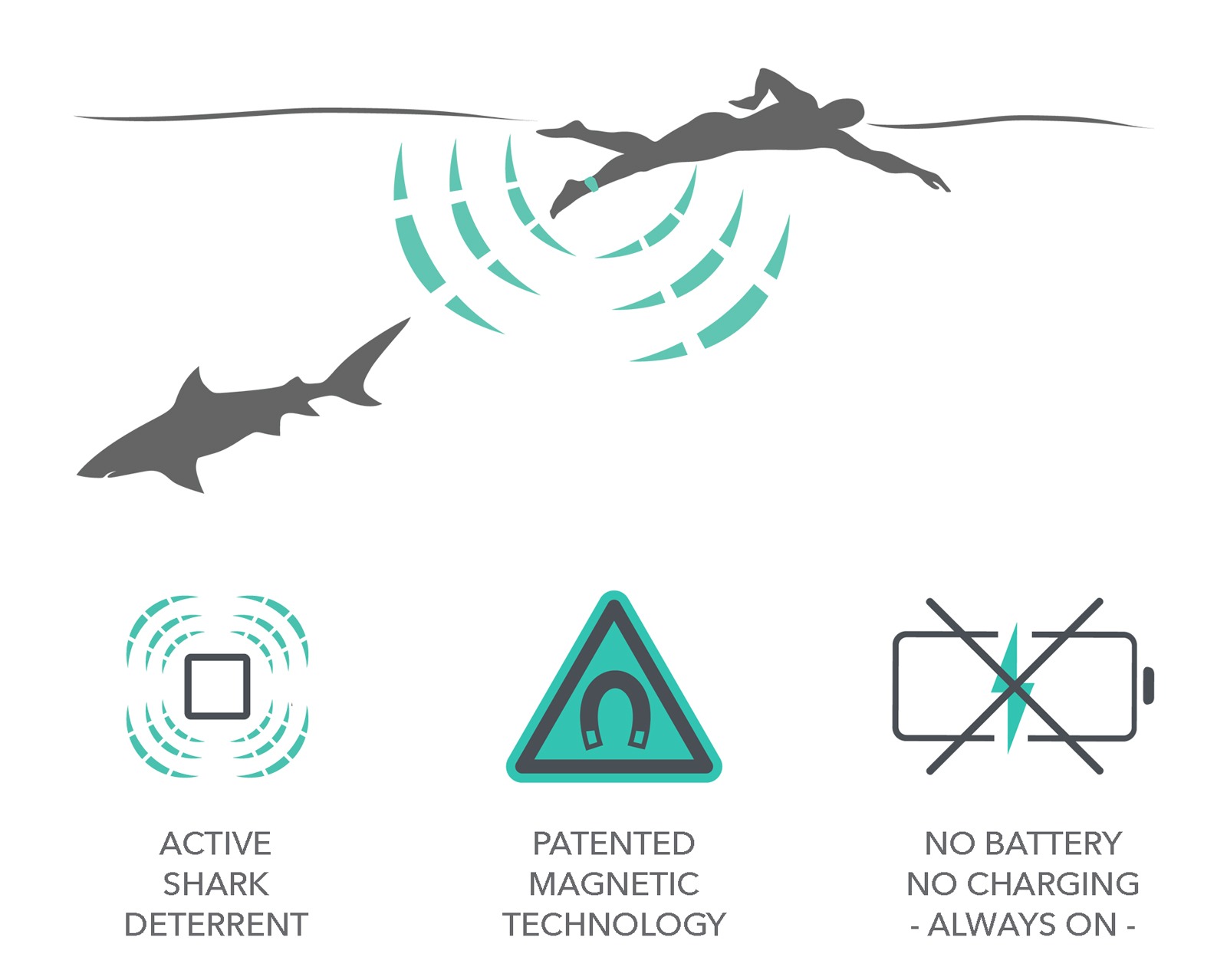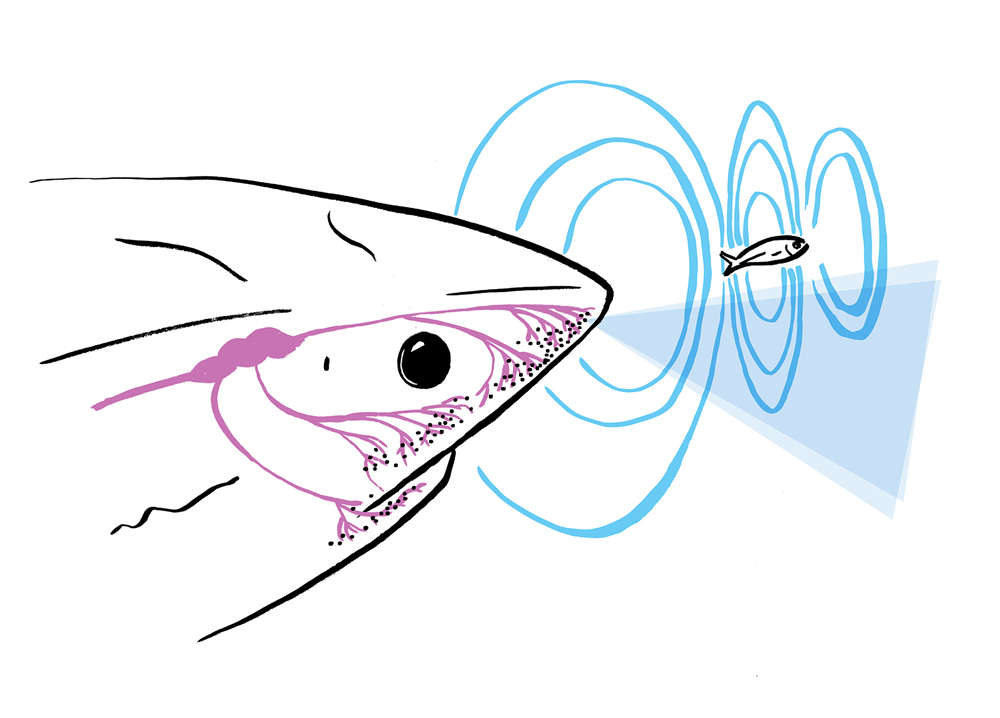“I DON’T SURF THE PLACE WITHOUT IT”
“There are some places I have been surfing that I just won’t surf without my Sharkbanz. There is a place where I always surf alone, and then there is a place I foil that has murky water and people have seen a Tiger there and it freaks me out so I have been wearing it. Firstly, I don’t even notice it; really just like a leggie, but when I fall and have to swim for my board, the feeling I have at that moment is sooo good. Seriously I don’t surf the place without it anymore. Thank you guys, I love it.”
HOW IT WORKS: The science behind Sharkbanz Technology
ACTIVE SHARK DETERRENT
SHARKS’ SIXTH SENSE
WHY SHARKS USE ELECTRORECEPTION
SHARKS ARE CURIOUS
Find out more on Sharbanz.com.au



